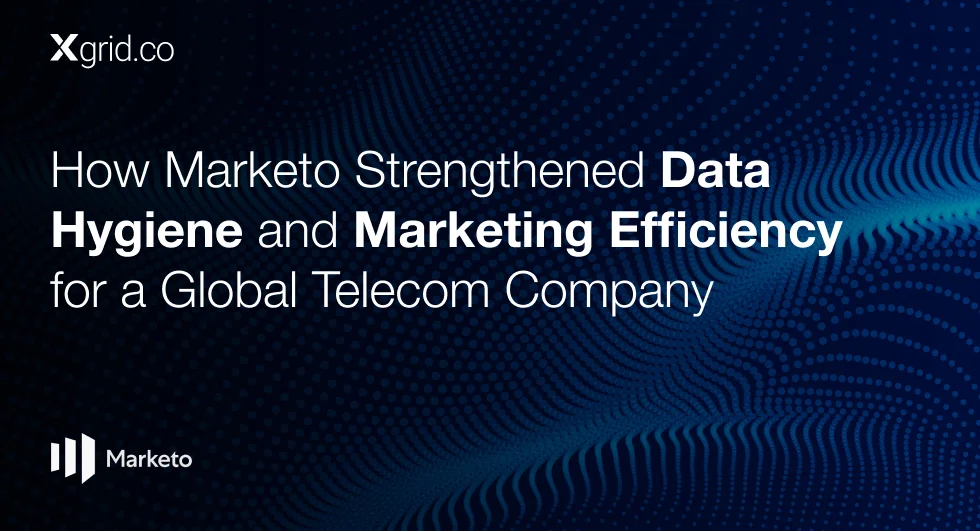How Marketo Improved Marketing Campaigns through Effective Data Segmentation and Integration
Handling large-scale data efficiently in marketing automation platforms is critical for large enterprises. This case study delves into how a major e-commerce company overcame challenges associated with large data volumes using Marketo, incorporating strategies discussed by Lauren Aquilino.
The company, a leading global e-commerce player, faced significant hurdles in managing vast amounts of customer data, which hampered its marketing campaigns’ effectiveness and speed.
Challenges
- Data Volume Management: The sheer volume of customer data was overwhelming Marketo’s processing capabilities, leading to delayed campaigns and reduced performance.
- Integration with Other Systems: The need to integrate Marketo with other data systems and platforms to enhance data utility without compromising performance.
- Maintaining Data Quality: Ensuring data integrity and relevance in the face of rapid data accumulation and diverse data sources.
Strategies Employed
- Use of External Data Processing Tools: The company began using external data warehouses to process and analyze large datasets before pushing essential data back into Marketo.
- Enhanced Data Integration Techniques: Advanced integration techniques were implemented to ensure smooth data flow between Marketo and other critical business systems.
- Regular Data Optimization Audits: Regular audits were conducted to identify and rectify data bottlenecks, ensuring optimal data quality and usage.
Implementation Highlights
- Data Segmentation and Prioritization: Data was segmented and prioritized to manage what was essential for Marketo operations, reducing the load on the platform.
- Automated Data Syncing: Customized syncing processes were developed to automate the flow of essential data into Marketo, enhancing campaign responsiveness.
- Streamlined Data Flows: Integration gateways were optimized to streamline data flows between Marketo and external systems, maintaining data coherence and timeliness.
Outcomes
- Improved System Performance: By offloading heavy data processing tasks, Marketo’s performance improved, allowing faster and more efficient campaign execution.
- Enhanced Data Accuracy: With better data management practices, the accuracy and usefulness of marketing data increased, leading to more targeted and effective campaigns.
- Scalable Data Handling Capabilities: The new data management strategy enabled scalable marketing operations, supporting business growth without additional strain on Marketo.
Conclusion
This case study illustrates how effectively managing large-scale data challenges with Marketo can transform an e-commerce giant’s marketing capabilities. By integrating external data processing tools and optimizing data flows, the company was able to enhance Marketo’s utility, making it a central component of a high-performing marketing technology stack. This approach provides a replicable model for other large enterprises facing similar challenges.





